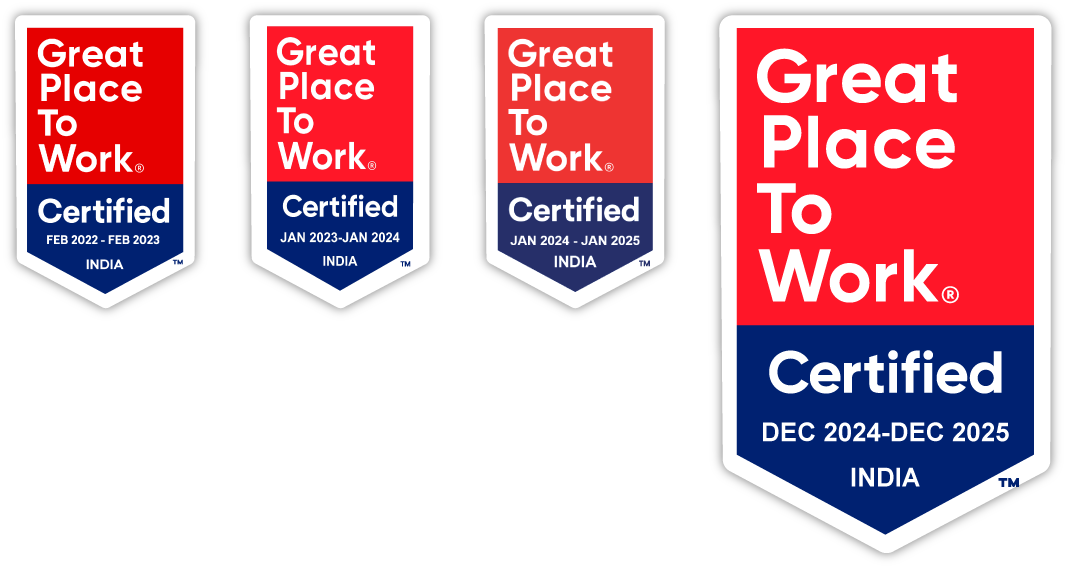
Client’s requirement
A biotech company, based out of the US, partnered with Excelra to develop an integrated database for SUMOylation — a post-translational event of interest — from publicly available databases and literature.
The client wanted to integrate all publicly available data with internal information pertaining to the post-translational modification of their interest (SUMOylation) into a structured format. The data for SUMOylation is very scattered and must be collated and standardized prior to any landscape analysis or target identification. We were engaged to collate information, standardize it, and develop the lexicon.
To support this requirement, Excelra applied Data Curation services and scientific informatics expertise to organize scattered biomedical information into a unified framework. The solution combined bioinformatics solutions, Scientific Data Management, and ontology development approaches to facilitate effective knowledge mining for post-translational modifications.
Our approach
Excelra’s curation environment ensures seamless, quality-assured curation of biomedical data. For the pilot stage of this project, 100 free full-text articles spanning around 22 SUMOylation-mediating enzymes were identified from PubMed Central. Article identification was completed using Excelra’s literature-mining algorithm and SUMOylation lexicon.
To enable scalability, Excelra leveraged its Scientific Application Development for Drug Discovery capabilities and applied computational biology methods to refine the SUMOylation lexicon. The curated PTM dataset was further integrated into structured scientific data management workflows, supporting downstream analysis and biological database development.
By combining scientific informatics expertise with advanced data curation pipelines, Excelra delivered a reliable PTM database that accelerates landscape analysis, target identification, and hypothesis generation in SUMOylation research.

